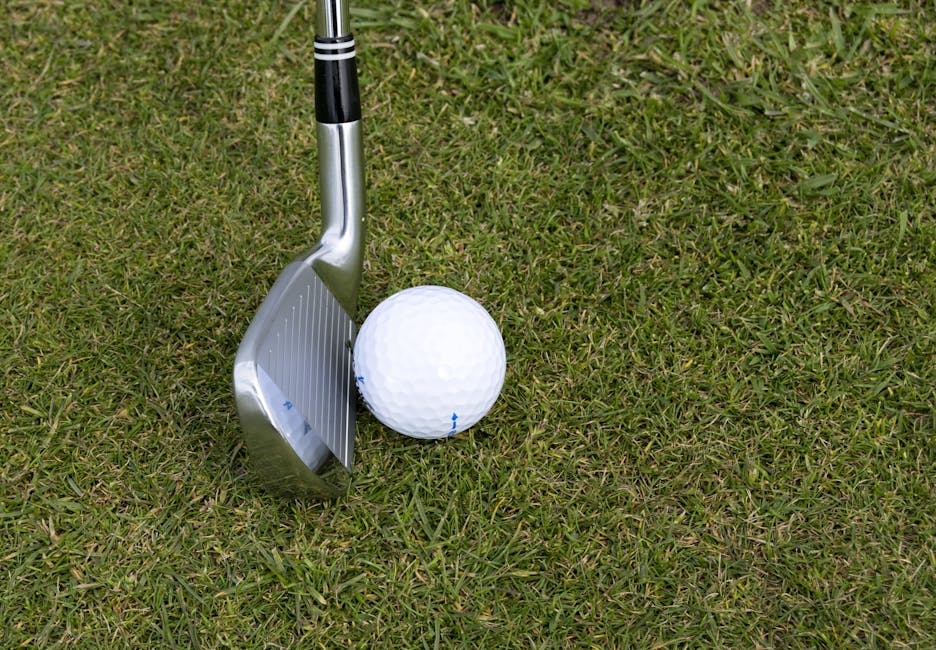wedges our clubs used for the shorter shots in golf approach shots chip shots pitch shots bunker shots lob shots to mention just a few there are different types of wedges to generally define by having different lofts which is measured in degrees and each one is designed to do a certain job now understanding the different types of wedges and knowing a little bit about their degree of loft can help you choose the most appropriate one for any situation which may arise on the golf course so let's go through them first up there is the pitching wedge which is often the final and most lofted Club in most iron sets and therefore matches your irons in terms of construction and look pitching wedges are stamped with the P and are generally in the range of 44 to 48 degrees loft and used for hitting the longest wedge shots into a green pitching wedges are also very handy for short pitch and run shots around the green is they come out a little lower and with less backspin as the general rule as amateurs we want to get the ball on the ground again as soon as possible so if you've not got anything to lift the ball over a pitch and run shot is a great shot to use know most golfers will have also heard of a sand wedge stamped with an S these are more laughter than a pitching wedge around 54 to 58 degrees and as the name suggests one of its main functions is to hit from sand and bunkers as such you'll notice that more sand wedges have a wider rounded sole which allows the club to slide under sand but bounce back out the other side rather than getting stuck in it now that's not to say that sand wedges can't be used for normal wedge shots they absolutely can but because they're so lofted they don't tend to hit the ball very firm which brings us nicely onto our next to edge which is called a gap wedge gap wedges are also known as approach wedges or attack wedges boughten gap is a very handy way to remember them because that's basically what they do if say a pitching wedge is forty six degrees of loft and goes 135 yards the sand wedge is 54 degrees of loft and goes 85 yards then a player will lead to bridge that 50-yard gap somehow that's for a gap we're just come in your gap wedge will have more loft on your pitching wedge and less loft in your sand wedge so in our example a 50 degree gap wedge that might go 105 yards would do just perfectly there is one last type of wedge which is known as a lob wedge so these are often extremely lofted often between 58 and 62 degrees and as the name suggests are used for very short approach shots where a player needs to send the ball high up into the air so that it drops to a stop quickly on the green great players like Phil Mickelson are so precise they can take a full swing to hit towering lob wedge shots with the most spectacular of results so there you are pitching wedges to go long sand wedges four bunkers and shots to go short gap wedges which go in between and love wedges for the spectacular aerial shots around the green now I hope that this simplifies wedges and helps you to get out and enjoy your golf if you like this video please do give us a thumbs up somewhere down here and subscribe to the girls better YouTube channel by clicking around here but for me for now it's donal ocean

